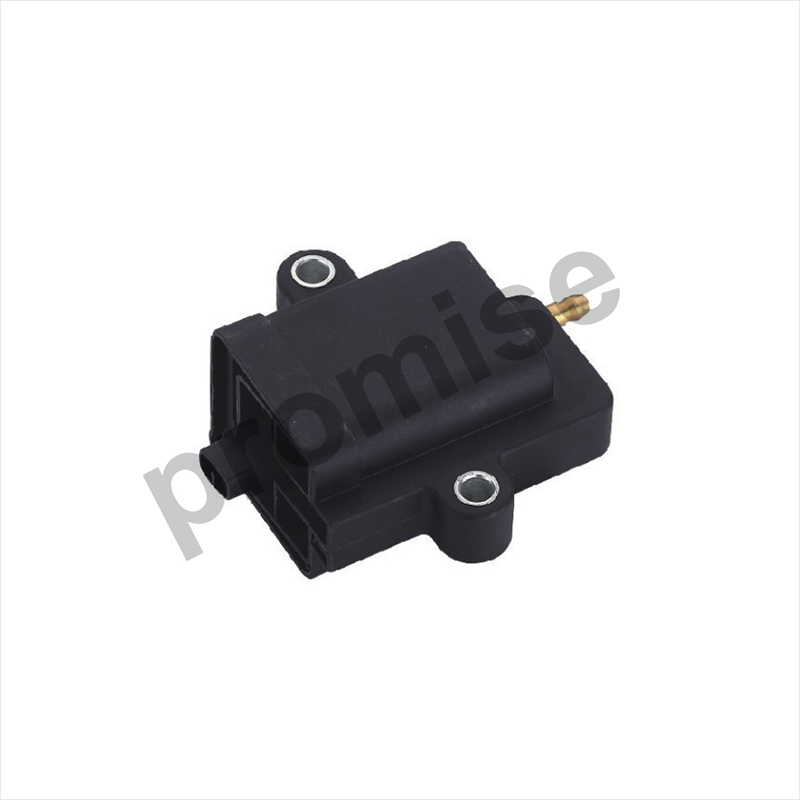An ignition coil is basically an induction coil within […]
An ignition coil is basically an induction coil within the ignition system of a car, which changes the electrical voltage of the battery to the millions of volts required to generate an electrical spark in the spark plug to ignite the gasoline. It is located within the firewall right above the gas tank. There are generally two to three coils on each individual assembly. Usually, these ignition coils are made of iron or copper. They are wound on a shaft to a point where they are connected to an igniter, which is basically a coil that causes the voltage change within the batteries electrical system to cause an instant ignition.
There are two basic types of Ignition Coils. The first is a magnetic one, while the other utilizes an electrostatic charge to change the voltage. Magnetic ones are usually cheaper to install and are found in many older cars. These units do not require any maintenance since they always work when the car's key is turned. However, the lack of any moving parts makes them more susceptible to damage by static electricity and heat damage.
A new ignition coil should be installed onto the lower side of the distributor. It is best to place it where the air intake goes to avoid moisture from building up in it or around it. The coil will need to be connected to the distributor and the pins will need to be attached to the distributor with either bolts or screws. Once everything is installed, you can test the unit to ensure that it is working correctly. You should do this at least once a month for the life of the unit.

If your vehicle has a defective Ignition Coil, the reason could be that there is a high voltage leak in the engine wiring. This usually happens to older vehicles that are poorly maintained. When this occurs, the high voltage begins to leak into the engine. Without a way to protect against this leakage, the engine will continue to wear out and even catch on fire if it is not properly monitored.
Other symptoms of a bad ignition coil failure could include dry spells or rough idling. These symptoms can also indicate that the air filter may have become clogged. The low voltage that the ignition coil uses can shut down the air flow to the engine. This allows the high voltage to leak into the engine causing the problems listed above. If you notice that your car suddenly starts to smoke when the engine is cold, it could also be a case of a low voltage overload. You will need to take your car to a mechanic to have it looked at and the problem fixed.
In newer diesel engines, a better design has been implemented into the Ignition Coil. High temperature metals have been used instead of traditional steel. This new metallic coating ensures that the coil is protected even when it experiences high temperatures. As a result, there is no longer the risk of galvanic corrosion to affect the ignition coils. When it comes to determining if your Ignition Coil failure is the result of a failed spark plugs, it is always best to have your car checked by a professional before attempting to fix anything yourself.